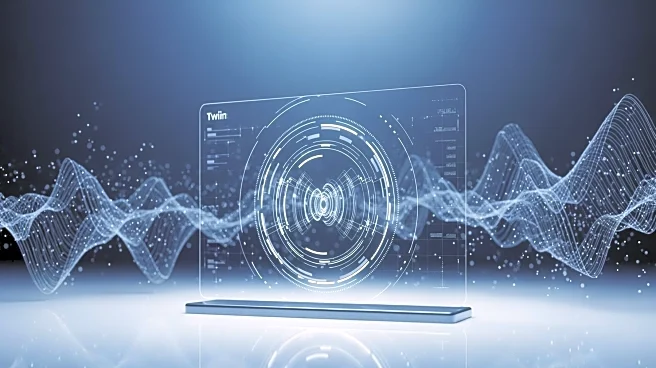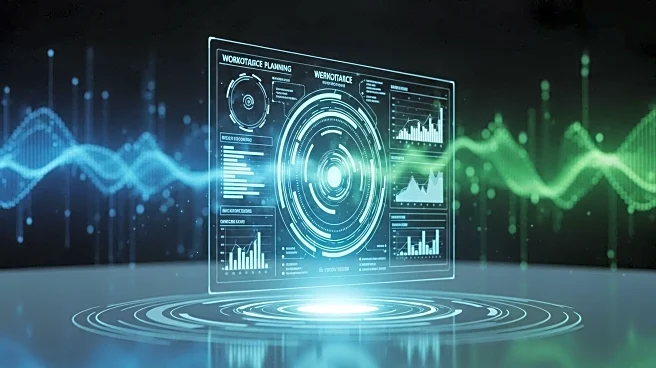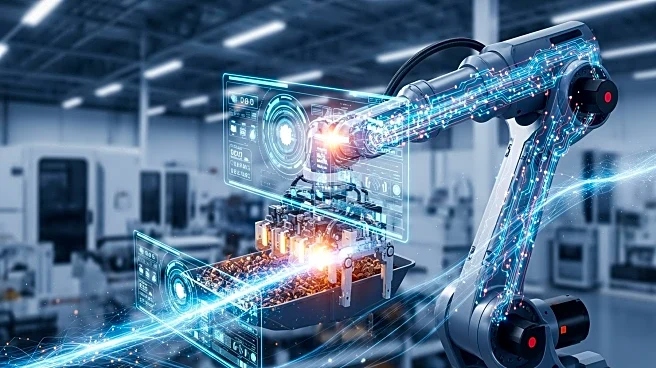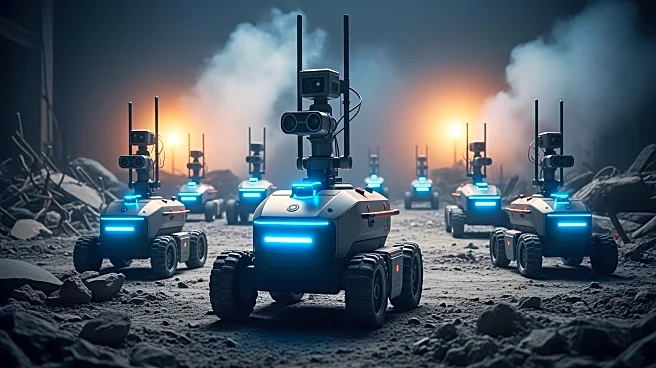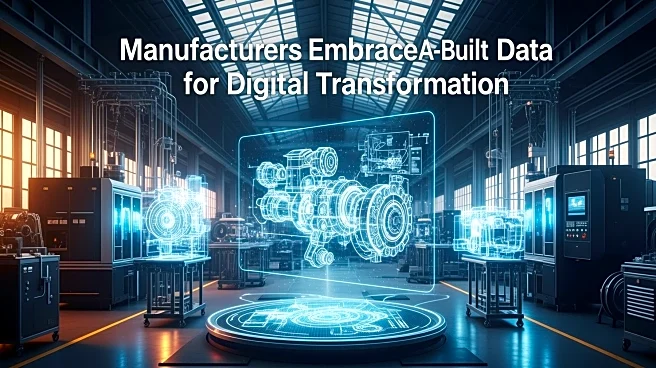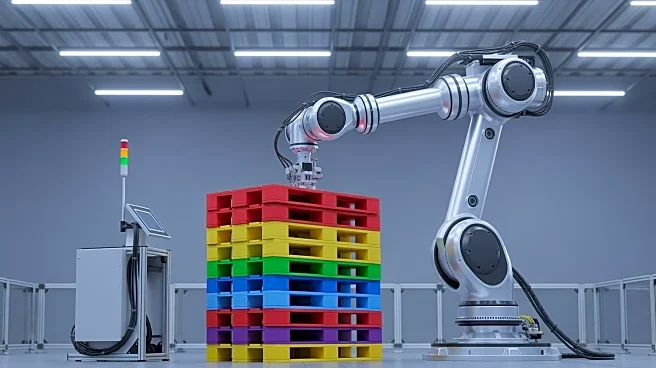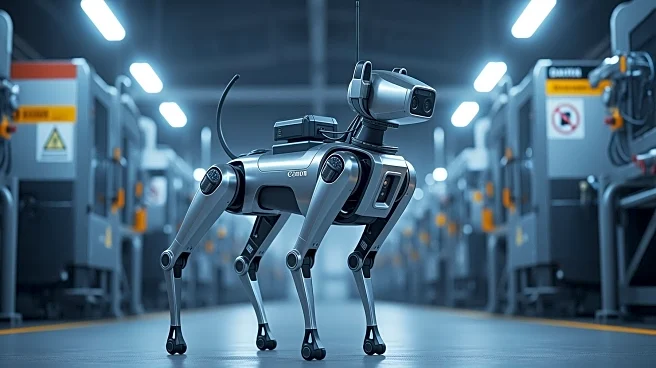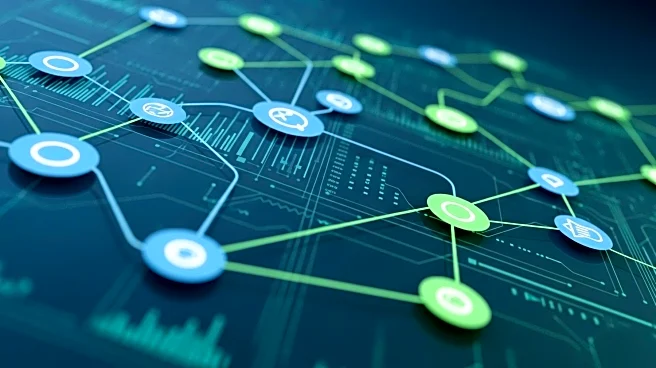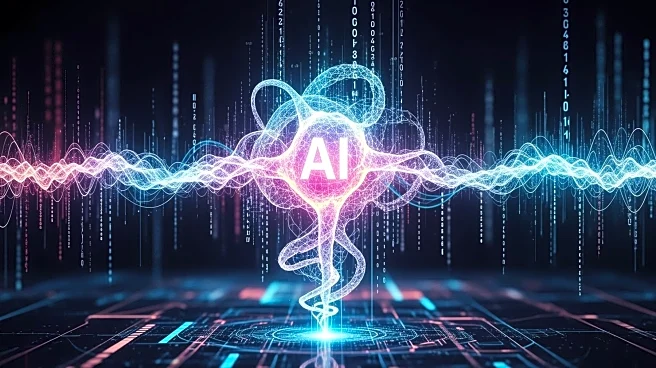What's Happening?
Prevu3D is emphasizing the importance of using a visual twin to bridge the gap between design intent and operational reality in corporate digital transformation. The company argues that grounding digital transformation in verified as-built data allows
teams to work from a shared, accurate view of reality, transforming digital initiatives from IT projects into core operational methods. This approach is particularly relevant in manufacturing, where incomplete records and legacy systems often create a disconnect between digital models and physical environments. By capturing and maintaining dynamic layers of reality through technologies like terrestrial laser scanning and drone LiDAR, manufacturers can ensure their digital systems reflect the current state of facilities, enhancing safety, collaboration, and cost efficiency.
Why It's Important?
The shift towards using verified as-built data in digital transformation is crucial for industries like manufacturing, where operational accuracy directly impacts efficiency and safety. By adopting visual twins, companies can reduce installation errors, minimize downtime, and improve decision-making processes. This approach supports the next wave of industrial innovation, including AI-driven insights and autonomous inspections, by providing trustworthy spatial data. As manufacturers increasingly rely on digital systems, the integrity of underlying facility data becomes essential for optimizing operations and maintaining competitiveness. The emphasis on reality-centric data ensures that digital transformation initiatives are grounded in fact, fostering continuous improvement and collaboration across teams.
What's Next?
Manufacturers are expected to continue integrating reality capture technologies into their operations, enhancing their ability to manage complex facilities with precision. As visual twins become more prevalent, they will likely evolve from one-off projects into long-term operational assets, serving as a shared reference point for design, maintenance, and decision-making. This transformation may lead to increased investment in technologies that support reality data management, as companies seek to build reliable digital foundations. The ongoing development of visual twin platforms will further enable manufacturers to validate site conditions, plan projects, and train teams virtually, driving efficiency and safety in industrial operations.
Beyond the Headlines
The adoption of visual twins in digital transformation highlights a broader trend towards integrating physical and digital worlds in corporate operations. This approach not only enhances operational accuracy but also fosters a culture of collaboration and transparency across teams. By providing a shared, verified understanding of reality, visual twins can reduce uncertainty and strengthen trust among stakeholders. As industries continue to navigate digital transformation, the focus on reality-centric data may lead to ethical considerations regarding data privacy and security, as well as cultural shifts in how organizations approach innovation and change management.
